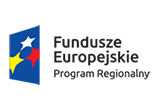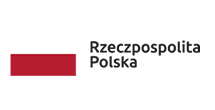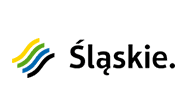EU Projects
We focus intensively on development, which is why we eagerly take advantage of the possibility of obtaining funds from the European Union. It is a great opportunity to improve our competitiveness and to achieve the desired growth dynamics. Here you will find information about currently implemented EU projects.
Euvic S.A. implements a project co-financed from the European Funds “Research on the development of an interactive rehabilitation device for the upper limb and hand”.
The aim of the project is to develop an innovative rehabilitation device with software for interactive rehabilitation and hand exercise.
Co-financing of the UE project: 2 335 414,63 PLN




Euvic S.A. implements a project co-financed from European Funds “Digital system of remote monitoring and control of L-category sub-assemblies for exploitation in the platforms of automatic car-sharing rental services”.
The aim of the project is to carry out research and development tasks in order to create a system adapting vehicles of “L7” category to the specific requirements of car-sharing platforms – RVMCS.
Co-financing of the UE project: 4 306 984,27 PLN






